Anarchy°1: A Retrospective
In preparation for our next Open Call for black-and-white pictures, writer Sophie Gray interviewed six of her fellow Anarchy°1 photographers — Anca Pandrea, Cecilia Milza Mirror, Joel Luna Prado, Marek Majewski, Sabine Kranich-V., and Sebastian Sighell — to reflect on the past year with ephemere., their motivations for submitting work, and the impact of seeing it in print. These reflections aim to inspire a new wave of photographers to join the ever-growing ephemere. community.
© Sophie Gray • @sophiemgray22
If you’re a photographer, or any kind of artist for that matter, you’ll know all too well the challenges of putting your art out into the world. It can feel like quite a daunting prospect - offering your work up to be judged and critiqued by others and trust me, I would know. Four years of a photography degree and two years of a master’s in Photojournalism prepares you for that. What those years taught me, however, is just how fundamental it is to your growth as an artist.
I first discovered ephemere. a little over a year ago, through an open call for black and white images under the title Anarchyº1. A quick skim through the Instagram page showed me that this was something new and full of potential. Thanks to its creator, Anne Murayama, what started out as a small, independent publication has since evolved into a community of photographers from all over the world; most recently collaborating with Noice Magazine and Colin Czerwinski to curate an exhibition and photo book that featured over 200 artists collectively.
Now, into its second year, ephemere. continues to expand and broaden its global reach. Anarchy°2, which is set to be even bigger and better than its predecessor, will launch its open call in October 2024.
I therefore had the distinct pleasure of interviewing a few of my fellow Anarchyº1 photographers, to gain some insight into their processes as a photographer, their inspirations and why things like this are essential for unearthing hidden talent and building a real sense of community.
If you’re interested in finding out more, read the interview below.
How do you come up with ideas for your projects?
Joel Luna Prado — My projects arise in different ways, it may be because I already had the planned idea, such as the concepts already determined to only photograph; as well as they can arise unexpectedly, simply capturing moments that I later think about that can form into a theme or concept. Either way, I feel that they should follow their own path, honestly and without forcing it.
Marek Majewski — While daydreaming (and I daydream a lot), ideas come and go, and sometimes there is one idea I don't want to forget, so I typically note it in a small notebook or on my phone if I don't have my notebook.
Over time, ideas bring other ideas. In the end, the project becomes a puzzle game where you try to organize ideas into what is becoming your project. Some associations work, some won't. I find this whole process fascinating, and a good way to learn about oneself.
Anca Pandrea — Sometimes it's a line from a song, a short story, or a scene from a movie. It might even be a new place I'm visiting or a new taste I'm discovering. Something inside me wants to get to the essence of that experience and give it a shape so I can remember what it felt like long after the moment has passed.
How long does it typically take for you to conceptualize a project from start to finish?
Sebastian Sighell — I usually have long intervals of stagnation followed by relatively short periods of furious creativity. For many years I was thinking I'm in some way defective but eventually have accepted that’s the way how things work with me. And again, I'm not sure if "conceptualize a project" is the best description in my case. It's more a question of a certain aesthetics hopefully yielding some feeling and I wouldn't like to rationalize it too much. I've always loved a certain level of abstraction, mystery, understatement and commonplaceness, sometimes mixed together in various degrees, sometimes separate in their pure forms. I allow images to take control as much as possible. Photography is more a form of therapy or meditation for me.
Cecilia Milza Mirror — I must say that the word ‘typically’ doesn’t apply to me in general, even more so when we talk about time. I have a funny relationship with time, so much that I made my degree dissertation on it and I keep it as a thread in my art practice.
So, my timings in conceptualizing projects may vary greatly from one to another as sometimes I have epiphanies delivering the whole concept in one go and allowing me to instantly see connections and medium possibilities like in a mind map, thus getting me to the end of the process quite fast. Other times I may be hatching an idea for months or even years, or I may transform the concept as I proceed with the making, sometimes even interlacing it with some other project I have in mind.
© Anca Pandrea • @ofchanceandchoice
Who are your biggest photography inspirations and how have they influenced your work?
Sabine Kranich-V. — That really is a tough question for me. Of course I could drop some big names, like Henri Cartier-Bresson, who indeed let me delve more deeply into black and white photography. Or some true poets like Sabine Weiss… But to be honest, I cannot say that a few photographers shape my work in some kind of way. I am interested in so many things, like painting, pottery, illustrated children's books, collage, writing and so on. And I guess all of those interests do influence how I see and capture the world around me.
Cecilia Milza Mirror — Just to name a few I can say that my main muses for photography are Francesca Woodman and Mario Giacomelli, for as I saw their photos I could immediately relate to both their ways of pushing photography beyond documentation and representation of reality. They inspired me greatly and gave me confidence in trusting my own way to feel photography and finding a personal creative path.
Another strong influence for my work comes from Caravaggio’s use of light and his pioneering shift in the composition, making the scenes he painted much more vibrant and lively than the standard achieved at the time, so that they look like photo-frames of real life. He changed the point of view in such a modern way that we can still relate to it to this day. His courage and vision pushed me to search for my personal way of looking at reality, both in my art practice and life path.
Sebastian Sighell — I don't know why but I have this thing for Japanese photographers like Daido Moriyama and the whole Provoke magazine movement. It may sound somewhat banal or trite, but that's how it is. I also love the works of Masahisa Fukase, Nobuyoshi Araki and there are many others whose names I cannot even remember at the moment. There is something organic, basic, even rudimentary, wild and uncontrolled in their approach to photographic process and resulting aesthetics. Pure photographic anarchy. It's something which resonates with me for sure. Maybe I should also mention the photographic works of Man Ray. But I don’t try to parrot anyone.
© Cecilia Milza Mirror • @cecilia.mirror
If you could go back and give your younger self one piece of photography advice what would it be?
Joel Luna Prado — Interesting question, but I don't think I would give him any advice, I would rather say “continue what you are doing.” Since all the teachings, experiences, moments and things of life itself have arrived where I am. The closest thing to advice would be, “fall in love, embrace and dream more about photography than you already are.”
Anca Pandrea — Stories are in the eye of the beholder, you don't need to travel far to discover meaning.
Marek Majewski — Don't try to make art to please others, just make what YOU feel is good and have fun first!
How did it feel to have your work published alongside photographers from all over the world?
Sabine Kranich-V. — That was really something special for me. I never thought this would happen in Tokyo. But it did and in a very beautiful way. It was an amazing experience, even though it was not possible for me to attend the event personally. But everything was very well documented. It almost felt like I was there too.
Anca Pandrea — My photo in Anarchy°1 was my first photo seeing the light of day in print. It was a humbling and exhilarating experience and it encouraged me to apply to more open calls and publishing opportunities.
Marek Majewski — I feel very honored and grateful to have my work among such talented photographers.
© Joel Luna Prado • @_kid_killa
Do you feel like you are part of a community of international photographers? How has this community influenced your creative process?
Cecilia Milza Mirror — Being part of the project has definitely made me feel part of a community of worldwide photographers for the dedicated way Anne developed the project and interacted with us. It felt like being ‘home’ in a cosy environment, where I can be an artist in my own way without feeling isolated, thus I gained confidence in my work and I also drew some precious inspiration from fellow photographers’ work.
Anca Pandrea — Photographers are usually solitary creatures. We wander around the world, camera in hand, sometimes looking at the same things minutes or hours on end. Having a home, a base to come back to, to put our work out there for like-minded people to see is a much needed push to get out of our heads and turn stories into tangible experiences. Ephemere is such a community. It lacks (for now) the connection and the conversation part, but I turn to Anne's & ephemere's projects over and over, for inspiration and comfort.
Sabine Kranich-V — I met so many amazing and talented photographers through Instagram. It is such a welcoming and supporting community of artists from all over the world. It offers me tons of inspiration, exchange and support. I am very thankful for that. And the best part is to meet these people in real life. Sometimes there are opportunities where this actually is possible.
What made you want to enter your work into Anarchyº1?
Joel Luna Prado — It was how my photographs could be integrated in a collective way with the work of other photographers, it was something very interesting to see how they were reflected both in an exhibition and in a photobook.
Sebastian Sighell — I don't know. Just a hunch. There were some things which spoke to me. First of all probably the names of the whole project and the specific publication. Second, the fact that it was something new and based in Japan. I hoped for a certain level of unpretentiousness and competence and I wasn't disappointed. I told you already about my love for Japanese photography so a chance for being published and exhibited in Japan was just a dream.
Marek Majewski — I knew Anne's commitment to photography and publishing. I also admired her capability to match different people's images together. When I saw this opportunity to be published, there was no hesitation.
© Marek Majewski • @marek.photographer
Would you encourage other photographers to submit their work to Anarchyº2?
Cecilia Milza Mirror — I would certainly encourage photographers to submit their work to Anarchy°2 as they’ll be astonished by Anne’s curatorship and dedication.
Sabine Kranich-V. — Of course I would. The whole process, the call, the communication, everything worked perfectly. It really was a wonderful experience! And I definitely would recommend submitting to this open call.
Joel Luna Prado — Yes, obviously yes! Since, apart from just participating, seeing your photograph or work in a group of many others is something that really forms a collective and union between photographs from different parts of the world, something that is not seen very often.
Has seeing your work in print inspired you to enter more competitions or explore new avenues for showcasing your photography?
Sebastian Sighell — I've never liked officially organized and judged competitions, especially in fields like photography, music etc. so no, I don't think so. Maybe... I didn't treat submitting my work for Anarchyº1 as a competition either. If it goes about other ways of showcasing my work, sure. A printed photo is a completely different entity. For a long time I've been thinking about self-publishing. I just need to wrap my head around it and would probably need some help. Several years ago I lost most of my photos in a computer crash. I managed to recover many of them, but for some reason most of the best ones burned in digital hell. On top of that I've been struggling with a chronic illness for the last couple of years which didn't make things easier for me on any front. But yes, it's definitely great and inspiring to see your works published in some physical way and I am grateful for that opportunity.
Cecilia Milza Mirror — I would say that my first experience with “ephemere” made me focus on the quality of the competitions I submit my work to rather than the quantity. Surely it made me want to submit more work to “ephemere"’s following open calls and I felt blessed to be selected for 'Familiar Strangers' photo book too.
As I said I truly love the way Anne works and brings forth her overall project as it resonates with me so very much, thus I am more than pleased to be part of it as I feel a deep sense of belonging within a beautiful and inspiring community.
Anca Pandrea — When people ask me why I shoot film, my answer is, film allows me to look at a moment at least twice. Submitting my photos to exhibitions and albums is the next natural step, the third occasion to truly see a moment. Bringing a story from my mind to a tangible object is an extraordinary experience.
© Sabine Kranich-V. • @sabine_kranich.v
How did you first discover ephemere. and what drew you to it?
Joel Luna Prado — I discovered it through Instagram, through the Anarchy call, I was attracted by the fact of discovering and giving opportunities to new emerging perspectives and collectively. It was something that interested me a lot, like the new calls where the different genres in photography were explored, it was something that until now I admire what this space has achieved.
Anca Pandrea — I had been following Anne's work for a while and when she announced ephemere, I was excited to follow her work and the gallery's projects. Hopefully, I will be able to visit and to have an exhibition there one day.
Marek Majewski — I was already a fellow follower of Anne's work and publications, and it was really great news that she managed to create this unique space in Tokyo to promote worldwide photography.
© Sebastian Sighell • @naughtofthisworld


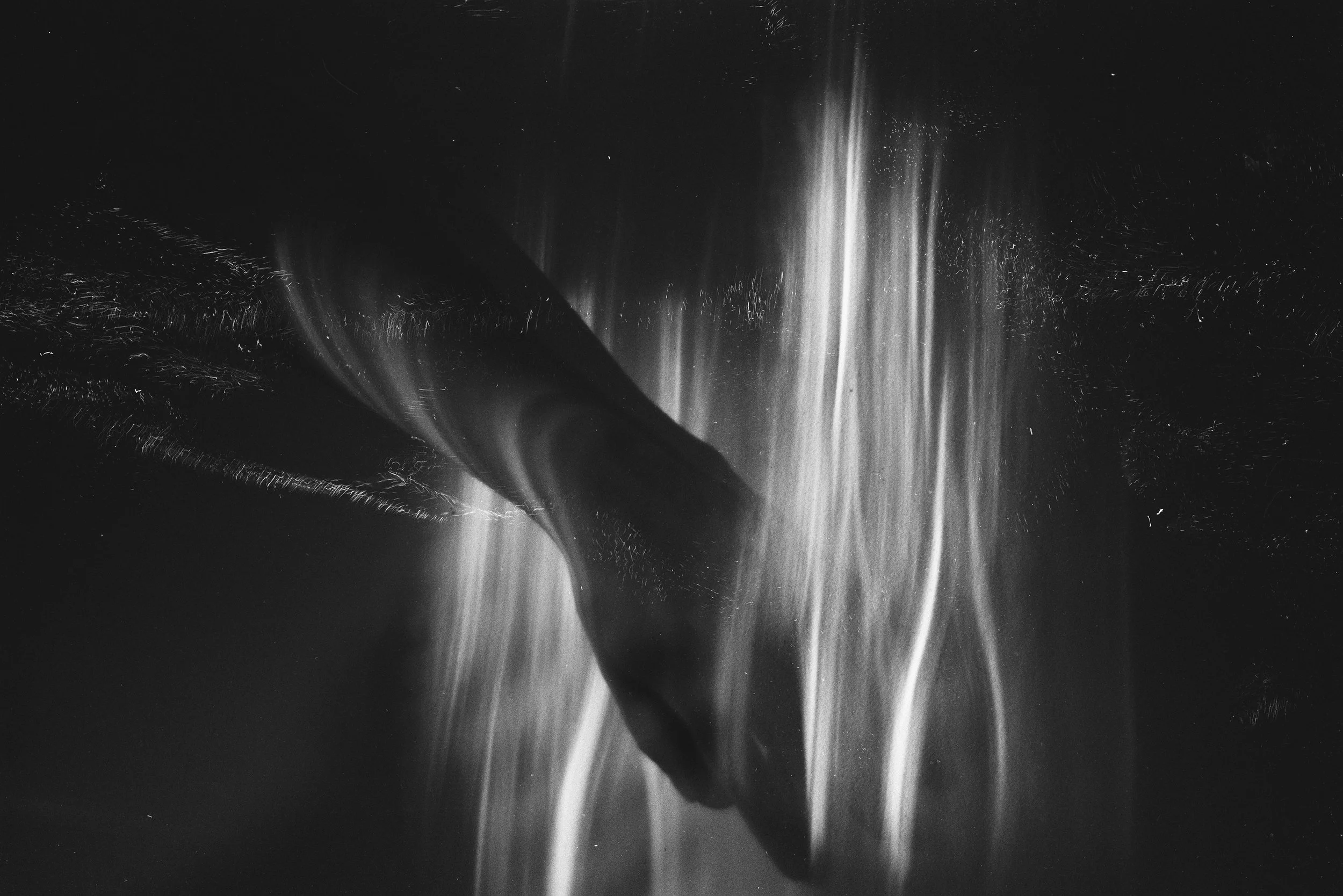
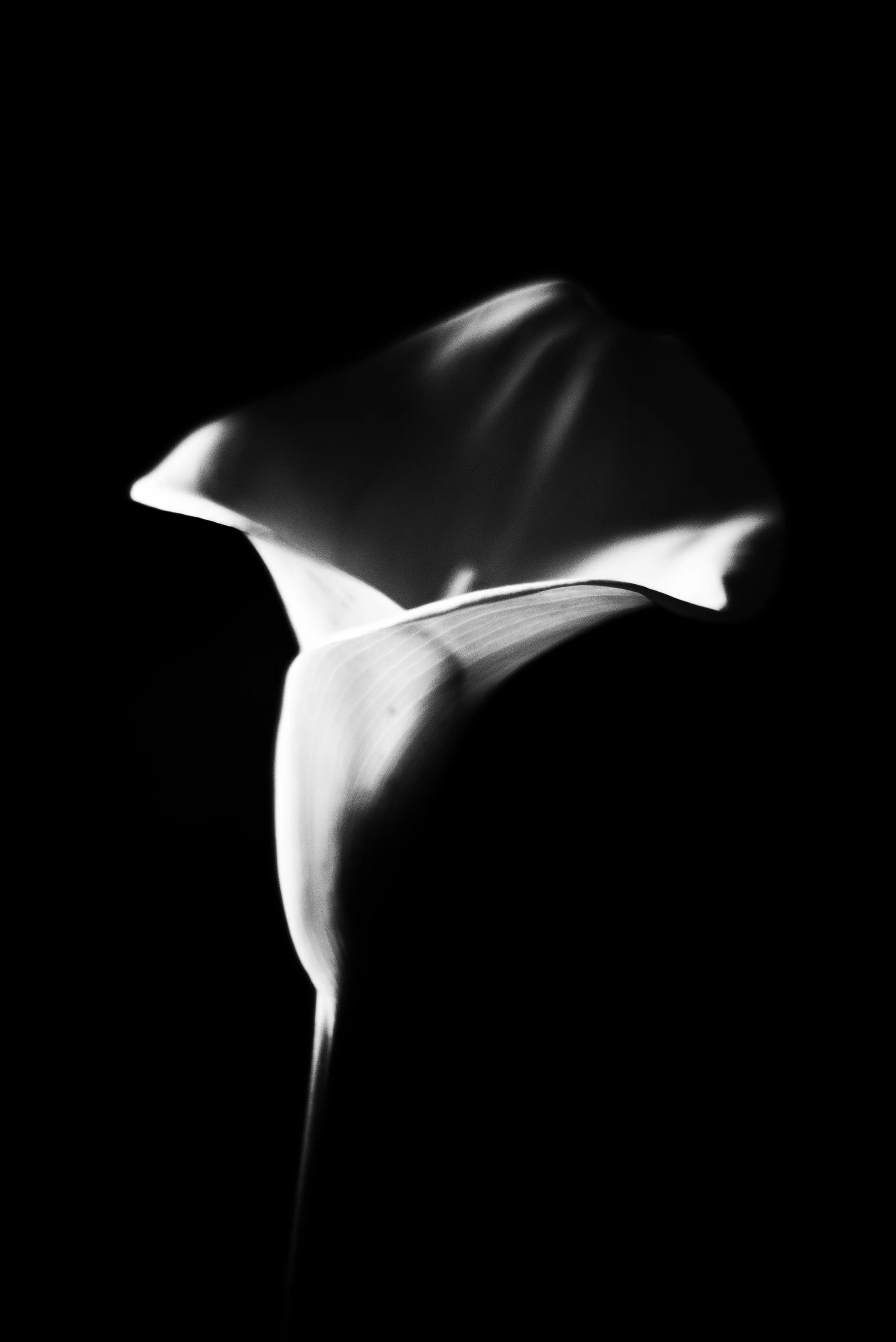
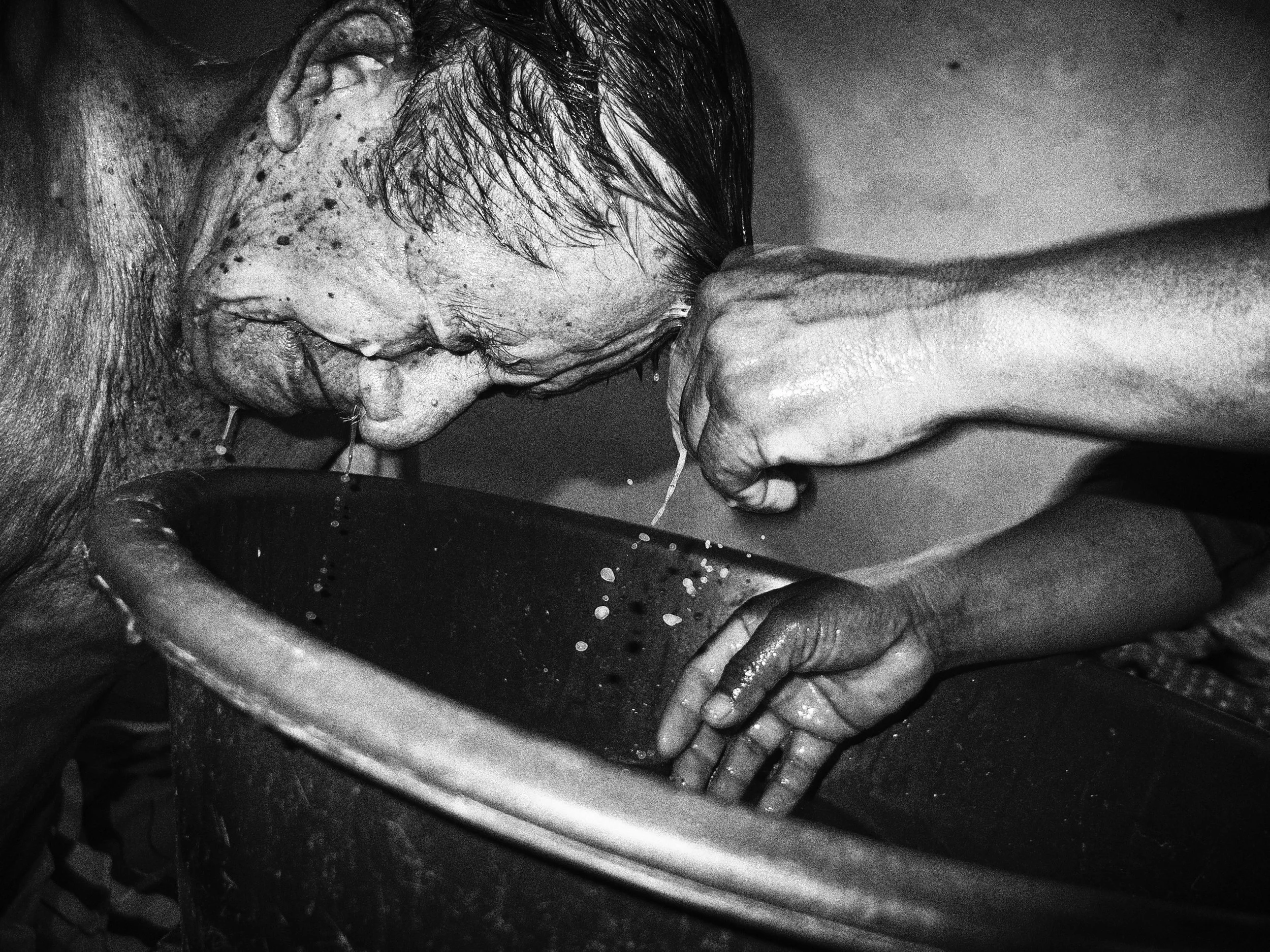
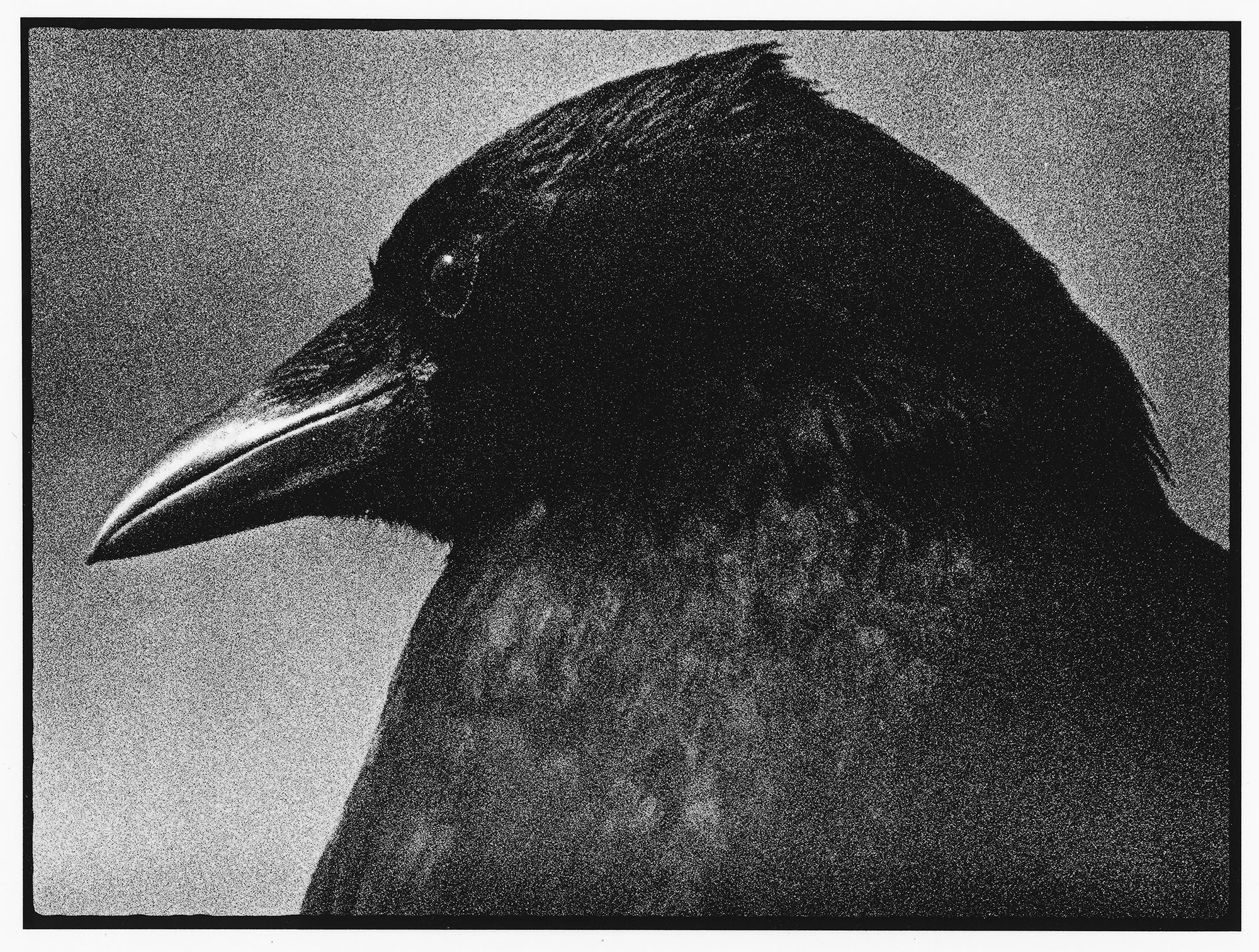
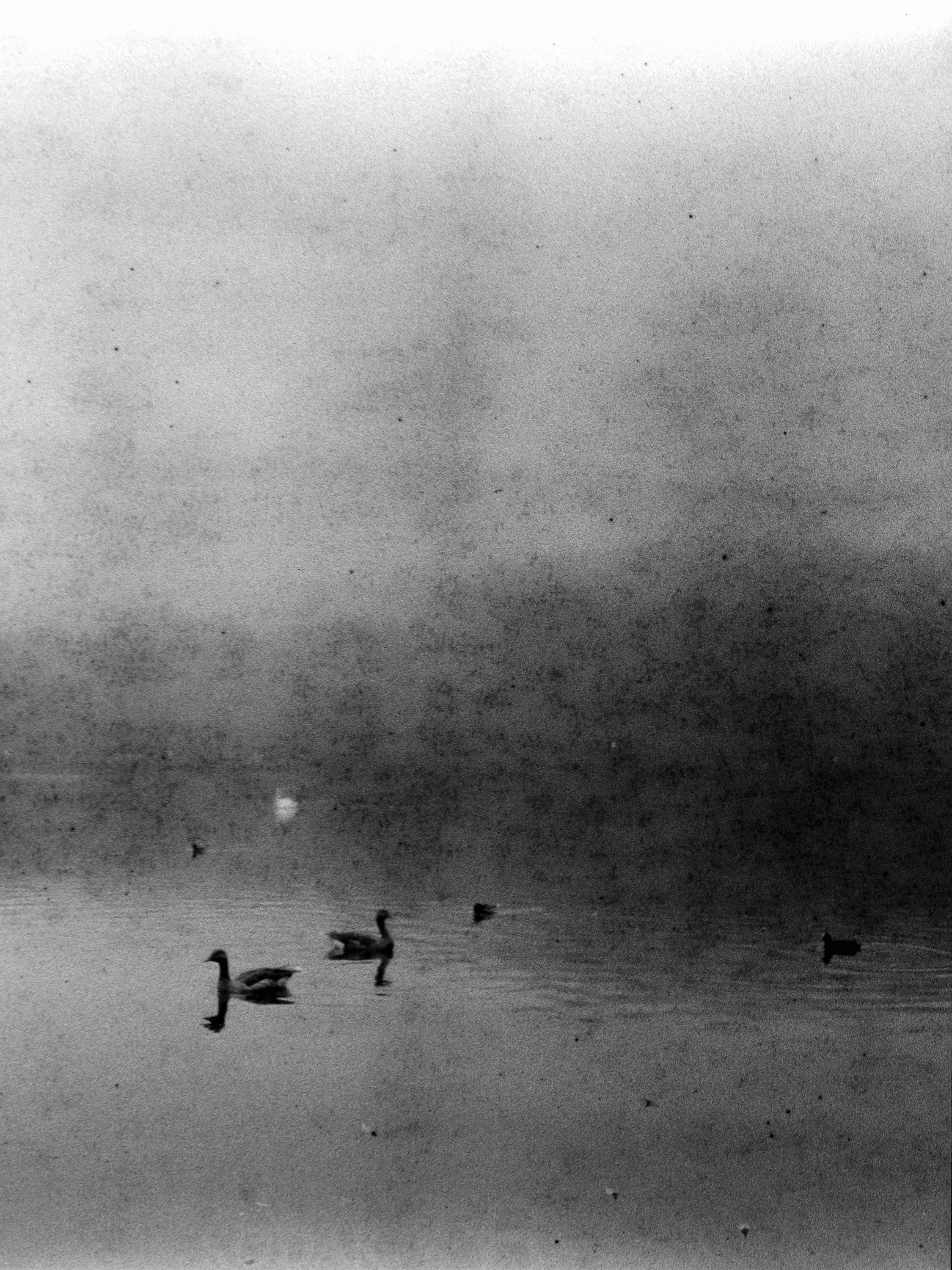

Anarchyº1 is a striking black and white photobook born from ephemere.'s inaugural open call and first group exhibition. This compendium of monochromatic images spans diverse genres, styles, and themes, presenting a picturesque chaos that epitomizes mono-mania. Featuring 143 photographers from around the globe, Anarchyº1 showcases a rich tapestry of perspectives. Guest curators Satomi Sugiyama, Trey Derbes, and Jim Herrington, each with a unique eye for black and white photography, collaborated with gallery founder Anne Murayama, who herself is devoted to the craft and aspires to make Anarchy an annual series.